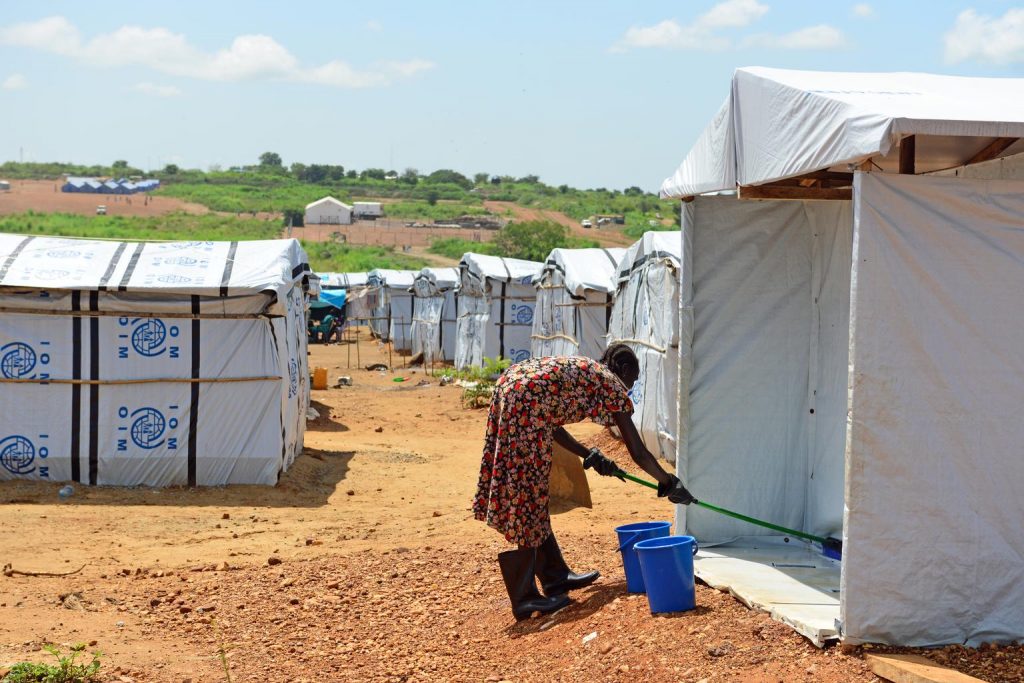This research was prompted by a growing consensus that “the nature of humanitarian emergencies is changing” (UNOCHA, 2011a), with future emergencies increasingly driven over time by “a combination of complex and inter-related circumstances”, rather than single, identifiable shocks (ibid). Such observations resonate closely with those of humanitarian actors within southern Africa who increasingly face new, ‘atypical’ challenges.Members of southern Africa’s Regional Interagency Standing Committee (RIASCO) have long acknowledged that effective humanitarian planning presupposes a clear understanding of the region’s risk profile.
This prompted a call to investigate the threats to lives and livelihoods likely to confront southern Africa over the next decade, along with available capacities to address these challenges. RIASCO also sought greater clarity on the causal processes that may exacerbate population displacement, food insecurity, health emergencies, livelihood loss, as well as at-risk groups, including children and people living with HIV/AIDS. Such concerns led RIASCO, through the Food and Agriculture Organization of the United Nations (FAO), to formally commission a regional research team to investigate likely future humanitarian challenges in southern African and their associated implications for programming. Stellenbosch University (SU), through the Disaster Mitigation forSustainable Livelihoods Programme (DiMP) coordinated the study.This southern African project also complements more wide-ranging, systematic efforts to characterise emerging global humanitarian challenges and vulnerabilities to complex stresses. The broader Global Challenges Study, commissioned by UNOCHA and implemented by DARA, seeks to better anticipate and prepare for future humanitarian challenges.



